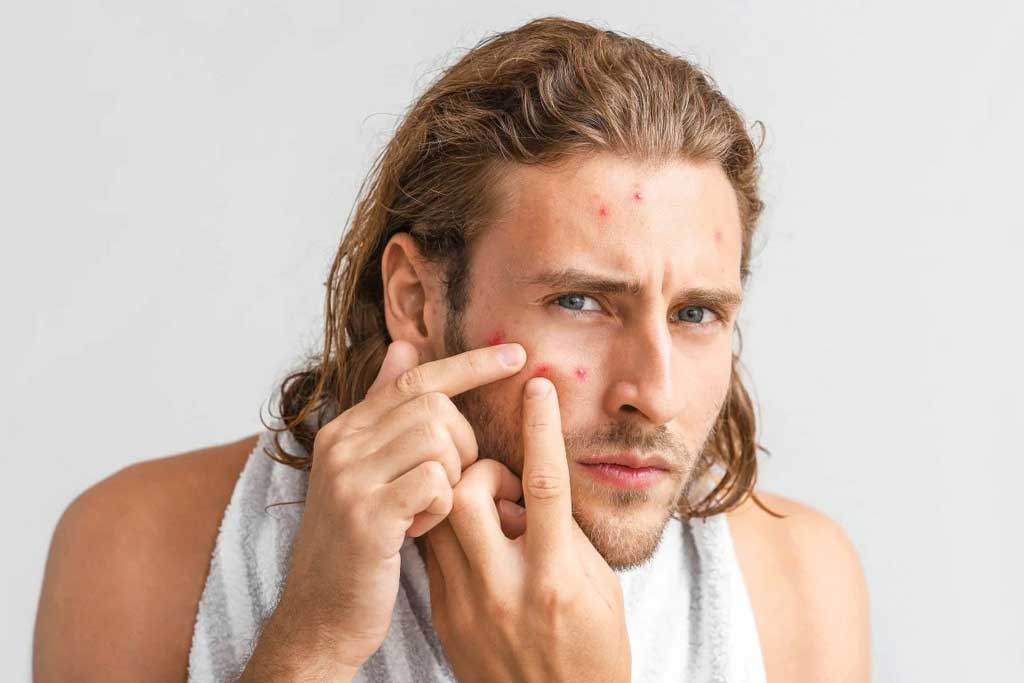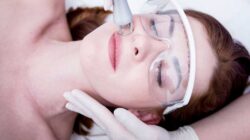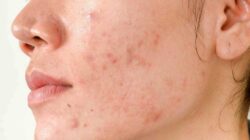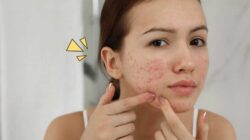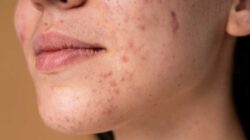Despite being a very common condition, Acne will and can appear in different types of forms. The different forms indicate the types, severity, and unalike treatment. In that sense, taking care of different types of acne should not be done as one for all. Instead, one should learn about their skin condition, figure out the acne types, and act accordingly. Here is the info for you.
Know Your Skin! The Seven Types of Acne to Learn
1. Blackheads or Open Comedones
The name explains its condition, clogged pores with open skin cells. It makes a very distinct dark spot on your skin. When you look closely, the skin cells are open and exposed to the oil that clogs the pore. This condition happens when the clogs get exposed to oxygen and turn dark dots on your skin.
The condition is noninflammatory, as long as it has no swelling or red dot infection. That is why you can address the problem and keep your pores clear. Most treatment highlight the balance of cleanings and exfoliation to remove excess skin cells, oil, or other condition. You can also get professional extraction for a quick yet temporary fix.
2. Whiteheads or Closed Comedones
Whiteheads are similar to blackheads and different types of acne but have a distinctive appearance. It has white dot color with small to medium bumps, hence its name whiteheads. It is also a case of blogged or clogged pores, where the main ingredient is a mix of sebum and dead skin cell. It is later covered by skin and grows pus inside.
It is also the most common acne condition. Despite its look, the condition is mostly noninflammatory. But it can affect other pores when you force the pus-filled whitehead. The gunk and bacteria will spread and make other pores have a similar problem. The best treatment is to use skincare (or home remedies) that help to shrink and dry out the extra oil.
3. Pustules the Red and Pus Filed Bumps (Pimples)
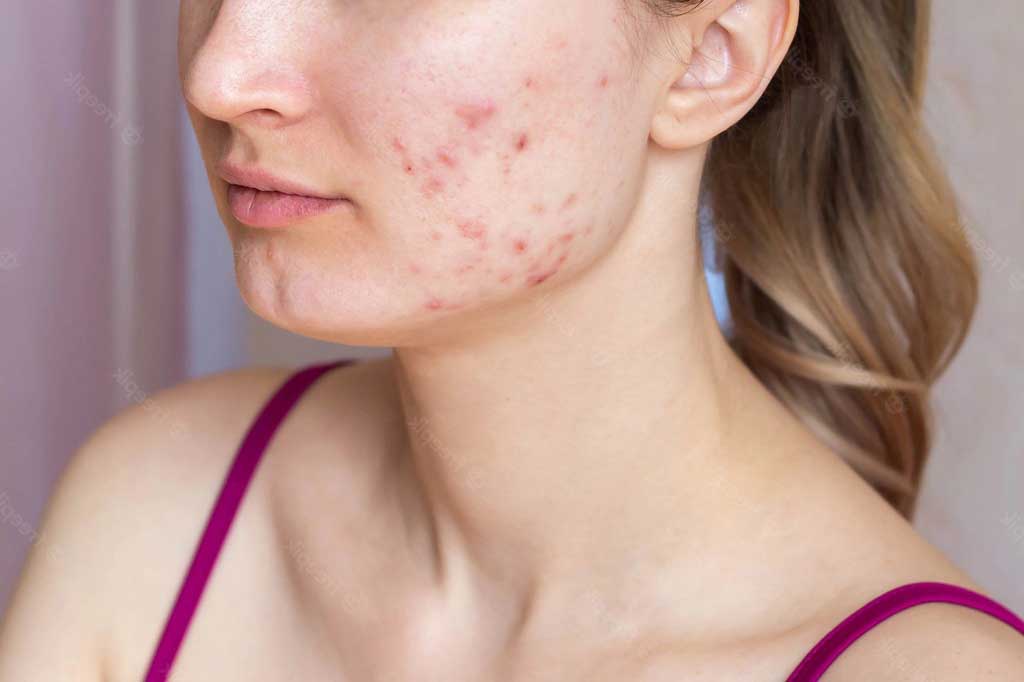
When the acne bumps are filled with pus, it is what you called the condition of Pustules or also known as pimples. The pus is part of your immune system’s way to fight bacteria. But Pustules are the different types of acne that will develop a yellow cap and swollen white look. The biggest giveaway in its character is the red ring and swelling condition.
Pustules are considered inflammatory blemishes since its bound to feel more painful and reddish. Many can say that pustules are a severe condition of whiteheads, which can also form anywhere on your body. In this case, the best treatment is to balance sebum production. Some of them are using a product with benzoyl peroxide and salicylic acid or cleaning your face twice a day.
4. Papules the Swollen Red Bumps
If pustules have their bad with pus and painful red bumps, papules are pretty similar to be called breakouts. It also developed due to the excess dead skin and oil clogging the pores. The main character that differentiates this acne from pustules is under the skin’s surface bumps. Most of them are small and have less than one-centimeter diameter.
The skin that is infected with papules is bound to appear more solid, slightly raised, and tender because of the under-skin bumps. Compared to many other different types of acne, papules do not have a visible center or widened pores. Papules are categorized as skin inflammation. Treatment-wise, it is best to start by calming the condition before going for doctor treatment or constant face wash.
5. Cyst the Very Deep Severe Acne
The cyst will appear as a very big, painful, white, or red lump. It is situated deep under the skin but still has pus and is mostly soft to the touch. It can be very tempting to pick to relieve the pain, but it will make the condition worsen. In severe conditions, the cysts can develop very painful skin inflammation with surgical intervention as the only way to treat the condition.
It has a similar appearance to nodules, but can be a very painful condition. Cystic acne is also mostly found around the face, especially the jawline. It can happen because of the generic oil build-up, bacteria, and dead skin. It is one of the different types of acne that can make scars and spread when picked. Try to control the condition by contacting a doctor and doing a consistent cleaning routine to prevent it.
6. Nodules Are the Severe and Deeper Papules
At the severe condition of papules, you will get nodules. It is one of the hardest conditions to address since it also has under-the-skin bumps but starts deeper than the normal papules. It makes the condition harder to treat and impossible to pop. Most of the time, nodules also feel more painful and firm. That is why it is a severe skin inflammation condition.
At worst, nodules can appear together with many other conditions such as a painful cyst. In this condition, the best treatment is to apply a cold compress and calm the inflammation. Don’t try to pop the nodules, it is better to get help from a doctor for medication or procedures. That is why it is better to keep a consistent skincare routine and prevent it happen.
7. Milia – The Not Acne Yet Commonly Mistaken as One (Tiny Cysts)
Milia is not classified as one of the different types of acne but is easily mistaken as one. It has a similar appearance to a white head, but it is more on the tiny cysts with light and small umps. You mostly find the condition around the eyes, cheeks, or nose. It happens because of trapped keratin and skin flake deposits. You can control it with daily face cleansing, facial steaming, and exfoliation, or let it disappear by itself after a few months.
As explicated in the articles, there are at least six different kinds of acne and one similar yet different skin condition. Each has a unique characteristic, which one should learn and understand for better treatment. There is nothing called one for all or one med for all conditions in the case of Acne. Be careful and get the best treatment to avoid infection.
